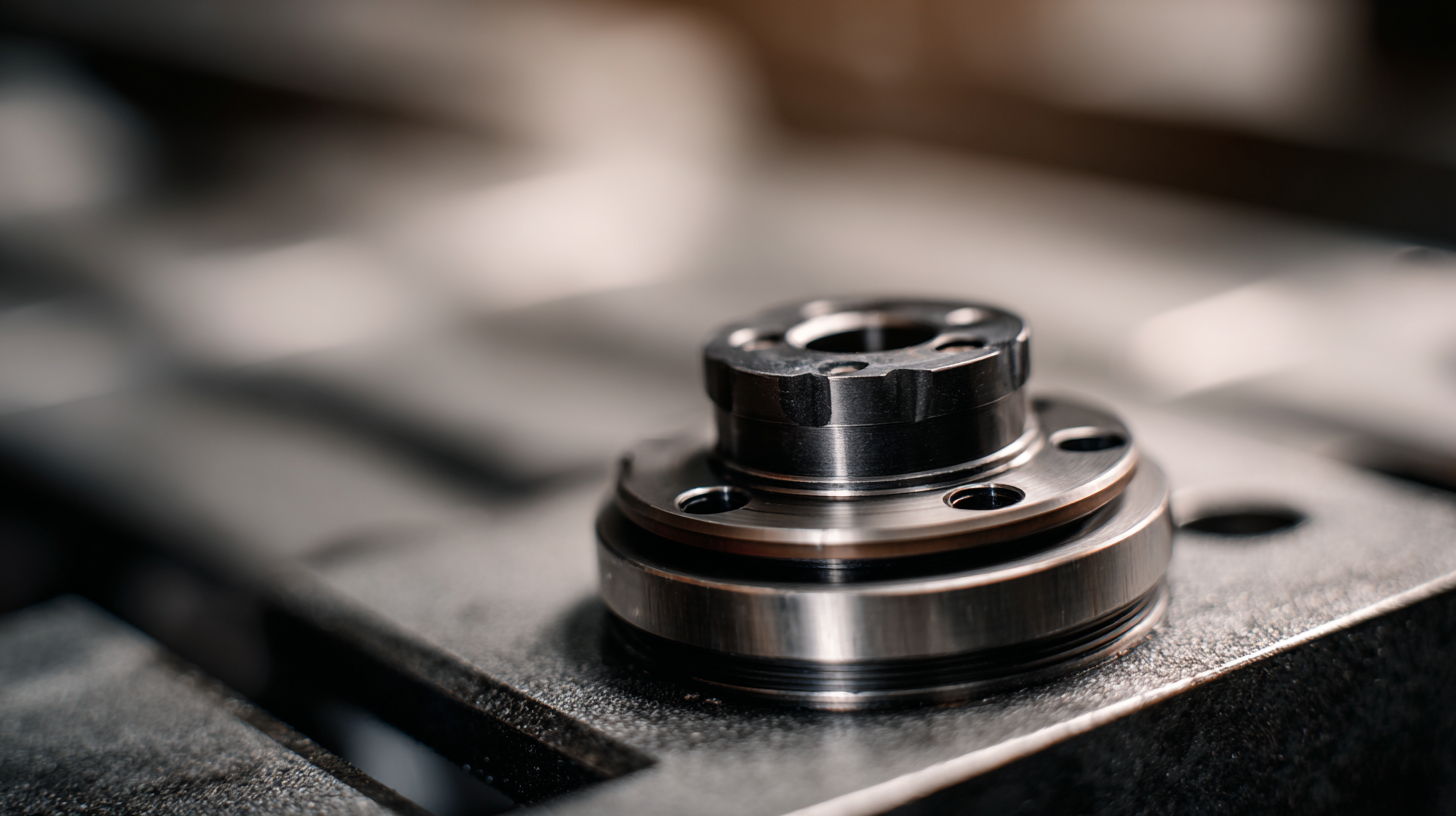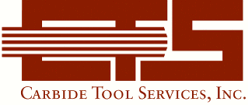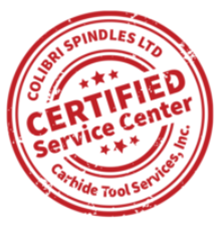Comparative Analysis of Top Indexable Tool Repair Services for Optimal Efficiency
In the highly competitive landscape of manufacturing, the efficiency of tooling operations can significantly impact overall productivity and cost-effectiveness. Indexable tool repair has emerged as a crucial service, enabling manufacturers to extend the lifespan of their tools while maintaining optimum performance. According to a recent report by MarketsandMarkets, the global market for cutting tool repair services is projected to grow at a CAGR of 4.5%, reaching approximately $6 billion by 2025. This growth underscores the importance of effective tool maintenance strategies. As industries strive to minimize downtime and reduce operational costs, understanding the comparative advantages of various indexable tool repair services becomes essential. This blog will delve into the leading service providers, highlighting their repair methodologies, turnaround times, and overall efficiencies, offering insights that empower businesses to make informed repair service choices and enhance their manufacturing capabilities.

Key Factors in Selecting Indexable Tool Repair Services for Manufacturing
When selecting indexable tool repair services for manufacturing, it is crucial to consider several key factors that can significantly enhance operational efficiency. One primary consideration is the repair service's ability to provide quick turnaround times, which is essential for minimizing downtime in production environments. According to a recent industry report, manufacturers that effectively reduce tool downtime can increase productivity by up to 20%. Therefore, choosing a service that prioritizes efficient repairs can directly impact a company's bottom line.
Another critical factor is the service provider's expertise in the specific types of indexable tools used in your operations. It’s important to partner with a repair service that understands industry standards and can provide tailored solutions. Look for providers with certifications or a proven track record in the sector. Additionally, incorporating data-driven insights into the decision-making process can aid in selecting the best service. Reports indicate that manufacturers leveraging digital and data analytics are better positioned to innovate and close the skills gap in their workforce.

Tips:
- Prioritize services that offer comprehensive assessments before repairs. This can identify potential improvements.
- Check for customer testimonials and case studies that demonstrate past success in tool repairs, as these insights can guide informed decisions.
- Evaluate the service's approach to sustainability, particularly as manufacturers increasingly focus on circular economy principles in their operations.
Comparative Overview of Leading Tool Repair Service Providers
When exploring the landscape of tool repair service providers, it’s essential to have a clear comparative overview to identify the most efficient options. Leading providers in the industry often showcase their strengths in areas such as turnaround time, repair quality, and customer service. By assessing these critical factors, users can make informed decisions that not only affect maintenance costs but also ensure that tools remain in optimal working condition.

Moreover, analyzing customer reviews and service histories can further illuminate each provider's capabilities. Similar to home warranty companies that rapidly deploy technicians for timely appliance repairs, top tool repair services must demonstrate reliability and responsiveness. This comparative perspective allows users to gauge which services align best with their operational needs, ensuring minimal downtime and enhanced productivity in their workflows. As industries advance and tools become more specialized, prioritizing quality service becomes crucial for sustained efficiency in any business operation.
Efficiency Metrics: Measuring the Impact of Tool Repairs on Productivity
In today's competitive manufacturing landscape, the efficiency of indexable tools plays a crucial role in overall productivity.
Understanding efficiency metrics—key performance indicators used to measure the impact of tool repairs—enables businesses to optimize their operations. Regular tool maintenance not only extends the life of the tools but also minimizes downtime, leading to enhanced productivity. Companies that track metrics such as tool wear rates, repair costs, and delivery times can identify inefficiencies and streamline their repair processes.
When evaluating the impact of tool repairs on productivity, it is essential to consider both quantitative and qualitative data. For instance, a decline in cycle time after a tool has been repaired may indicate improved performance, directly correlating with higher output rates. Additionally, conducting a cost-benefit analysis can shed light on the long-term advantages of investing in high-quality repair services.
By leveraging these insights, manufacturing firms can make informed decisions, ensuring that their tool repair strategies align with their productivity goals and drive operational success.
Cost Analysis: Understanding the Financial Implications of Tool Repair Options
When considering indexable tool repair services, understanding the financial implications is crucial for optimizing operational efficiency. The costs associated with tool repair can vary significantly based on the service provider and the extent of the repair needed. Some services may offer lower initial costs but could result in higher long-term expenses if the quality of repair does not meet industry standards. Analyzing these costs carefully allows businesses to make informed decisions that can lead to substantial savings.
Tip: Always request a detailed breakdown of costs from your service provider. This will help you identify any hidden fees and better understand what you're paying for, from shipping to service charges. Additionally, comparing the longevity and performance of repaired tools can yield valuable insights into cost-effectiveness.
Moreover, considering the return on investment (ROI) for tool repairs is essential. Investing in high-quality repairs can extend the lifespan of your tools and improve their performance. This not only aids in maintaining productivity but also minimizes the frequency of replacements, which can be significantly more expensive in the long run.
Tip: Keep track of your tool performance post-repair and document any changes in productivity. This data can be invaluable when negotiating costs and evaluating future repair options.
Comparative Analysis of Tool Repair Costs for Optimal Efficiency
This chart illustrates the comparative costs of different indexable tool repair services. The data reflects the average costs associated with various repair options, helping businesses understand the financial implications of each service.
Customer Reviews and Testimonials: Insights into Service Quality and Reliability
When it comes to selecting an indexable tool repair service, customer reviews provide invaluable insights into service quality and reliability. Positive testimonials often highlight a service provider's efficiency, turnaround time, and communication skills. For instance, many customers express satisfaction when their tools are returned in optimal condition, often citing the promptness and meticulous attention to detail displayed by the repair technicians. Reading through these reviews can guide potential clients toward companies that have consistently demonstrated superior service.
Tips: Look for services that offer a warranty on their repairs. This not only ensures that you are protected in case of an unforeseen issue but also reflects the company's confidence in the quality of their work. Additionally, consider reaching out to previous customers for firsthand feedback; personal experiences can provide deeper insights than online reviews alone.
Moreover, comparing customer ratings across multiple platforms can help identify trends in service quality. Some companies may shine in specific areas, such as customer support or tool turnaround times, while others may not meet expectations in reliability. By analyzing these aspects, potential clients can make informed decisions and choose a repair service that aligns with their efficiency needs.
Comparative Analysis of Top Indexable Tool Repair Services for Optimal Efficiency - Customer Reviews and Testimonials: Insights into Service Quality and Reliability
| Service Provider | Service Quality (1-5) | Repair Time (Days) | Customer Satisfaction (%) | Reliability Rating (1-10) | Average Cost ($) |
|---|---|---|---|---|---|
| Provider A | 4.5 | 5 | 90 | 9 | 150 |
| Provider B | 4.0 | 7 | 85 | 8 | 120 |
| Provider C | 4.8 | 4 | 95 | 10 | 180 |
| Provider D | 3.5 | 10 | 75 | 7 | 100 |

